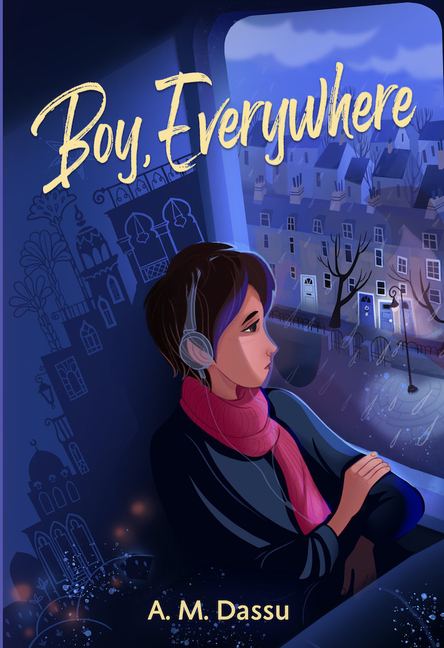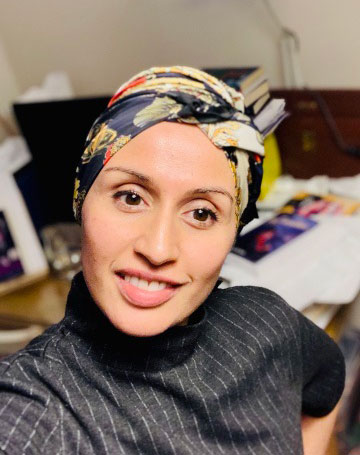Meet-the-Author Recording with A.M. Dassu
Boy, Everywhere |
A.M. Dassu introduces and shares some of the backstory for creating Boy, Everywhere.
Volume 90%
Press shift question mark to access a list of keyboard shortcuts
Keyboard Shortcuts
Play/PauseSPACE
Increase Volume↑
Decrease Volume↓
Seek Forward→
Seek Backward←
Captions On/Offc
Fullscreen/Exit Fullscreenf
Mute/Unmutem
Seek %0-9
Translate this transcript in the header View this transcript Dark mode on/off
This Meet-the-Author Recording with A.M. Dassu was exclusively created in April 2021 by TeachingBooks with thanks to Lee & Low.



